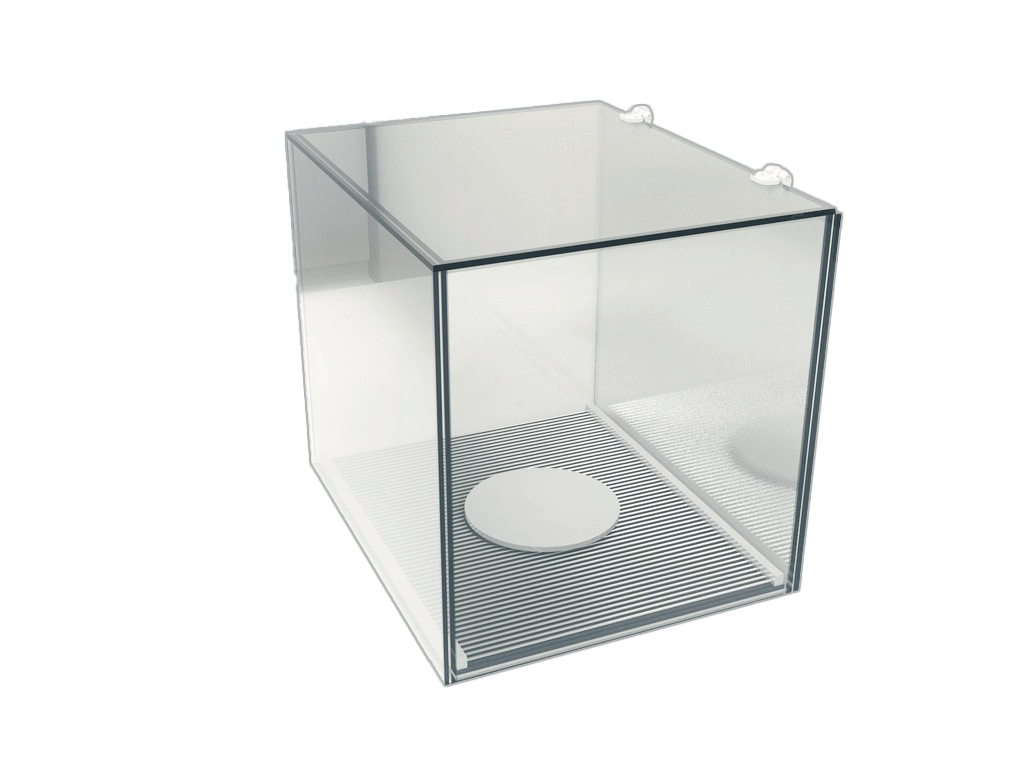The Step-Down Avoidance Test Chamber is an advanced apparatus designed for behavioral research and contextual learning studies. It provides a precise and controlled environment for evaluating avoidance responses in animals, making it a vital tool in neuroscience and behavioral research.
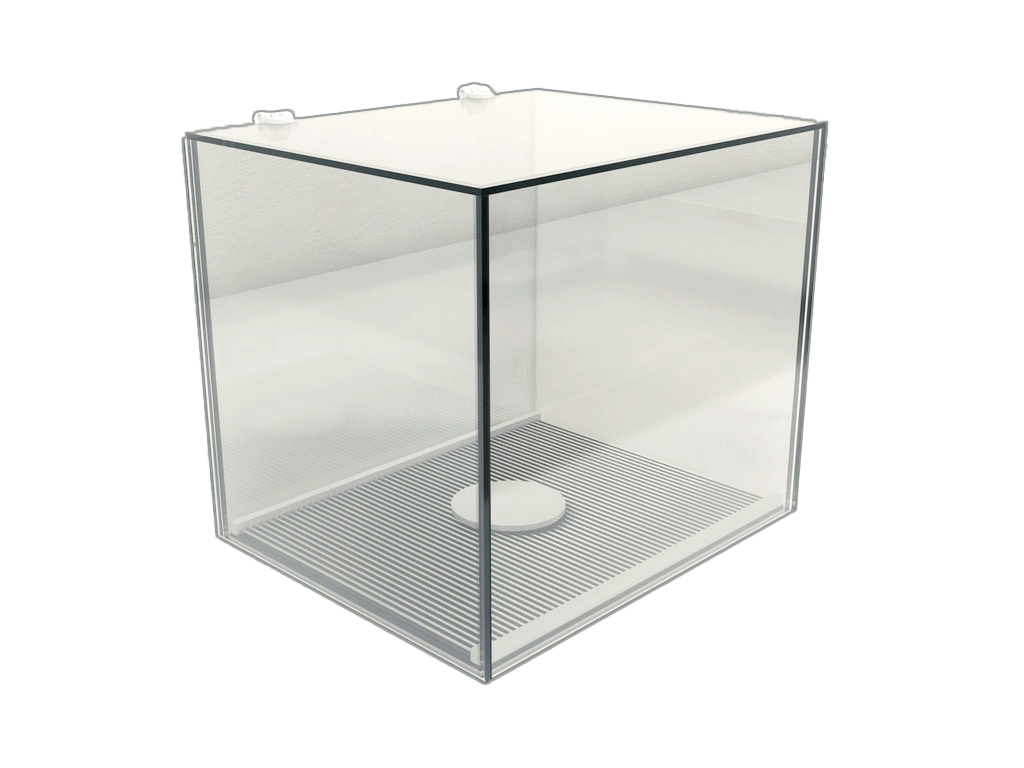
Key Results Metrics
Analyzing Key Metrics for Step-Down Avoidance Test
The Step-Down Avoidance Test measures critical behavioral metrics to assess spatial navigation, memory, and avoidance responses. These metrics are essential for understanding cognitive functions and evaluating the effects of experimental interventions.

Test Duration
Tracks the total time the subject spends on the elevated platform or grid, providing insights into spatial preferences and learning efficiency.
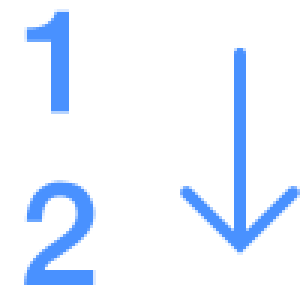
Escape Latency
Measures the time it takes for the subject to step off the vibrating platform onto the grid, reflecting memory retention and avoidance learning.

Latency to Step Down
Tracks the time taken for the subject to step down, indicating its ability to associate the platform with safety and avoid aversive stimuli.
Step-Down Avoidance Test
An advanced and reliable tool designed for precise analysis of avoidance behavior and spatial memory, providing controlled experiments for behavioral research.
Dynamic Testing
Subjects respond to vibration and shock stimuli to assess memory and avoidance learning.
Research Adaptability
Customize shock patterns and intensity for diverse contextual learning studies.
Automated Analysis
Measure latency, zone entries, and avoidance to evaluate learning and spatial memory.
Key Features
Easily replaceable acrylic plates allow for multiple contextual learning experiments. Patterns available include:
- Default Patterns:
Contextual Plates

Grey

White

Black

Chessboard

Vertical Stripes
Additional patterns available upon request.
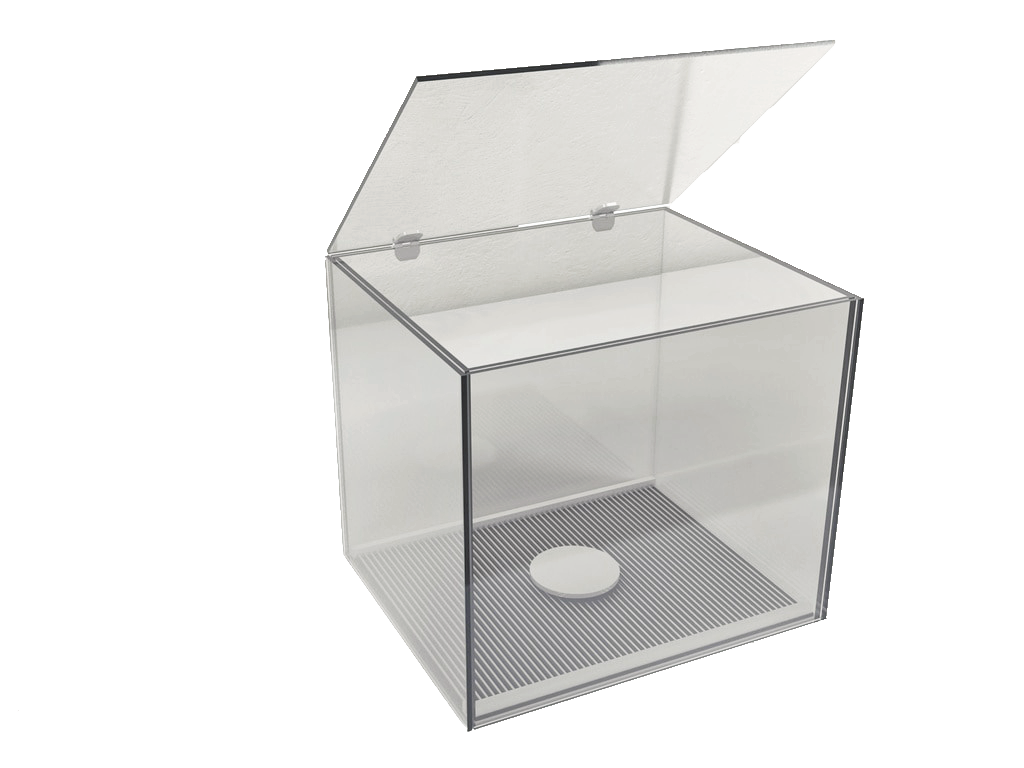
Specifications

Chamber Dimensions:
Mouse Contextual Cage: 28 cm (L) x 23 cm (W) x 26 cm (H)

Rat Contextual Cage:
42 cm (L) x 35 cm (W) x 39 cm (H)

Shock Grid Spacing:
Stainless steel bars with 0.3 cm diameter, spaced 0.8–1 cm apart.

Vibration Intensity:
Adjustable between 10–90 Hz in 10 Hz increments.

Shock Output:
Intensity range: 0.1–4.0 mA, adjustable in 0.1 mA steps.

Acrylic Plate Patterns:
Striped, Chessboard, Grey, White, and Black options available.

Acrylic Plate PSoftware Integration:
Compatible with ConductVision and third-party tracking software such as Noldus EthoVision or ANY-Maze.
Select the Right Package for Your Lab
Free Trial
- High- Resolution Video Tracking
- Automated analysis
- Custom analysis for you
- Share with friends
Annual
- High-Resolution Video Tracking
- Multiple Test Support
- Automated Data Collection
- Data Analysis Tools
- Customizability
- Data Export and Sharing
- 24/7 Online Support
Full Licence
- High-Resolution Video Tracking
- Multiple Test Support
- Automated Data Collection
- Share with friends
- Customizability
- Data Analysis Tools
- Cloud Storage and Remote Access
- 24/7 Online Support
Automated Data Collection and Reporting
The Step-Down Avoidance system streamlines data collection and analysis, providing comprehensive reports with key behavioral metrics, graphical visualizations, and statistical insights. This enhances research workflows and ensures accurate interpretation of results.
- High-Resolution Video Tracking
- Multiple Test Support
- Automated Data Collection
- Share with friends
- Customizability
- Data Analysis Tools
- Support and Training
- Cloud Storage and Remote Access
Tools for Advanced Behavioral Studies
ConductVision provides cutting-edge applications, mazes, and equipment for precise behavioral research. Our software automates tests, while our range of tools ensures researchers have what they need for seamless experimentation.

ConductVision Tools & Services

Animal Lab

Lab Consumables

Mazes

Scientific Services



